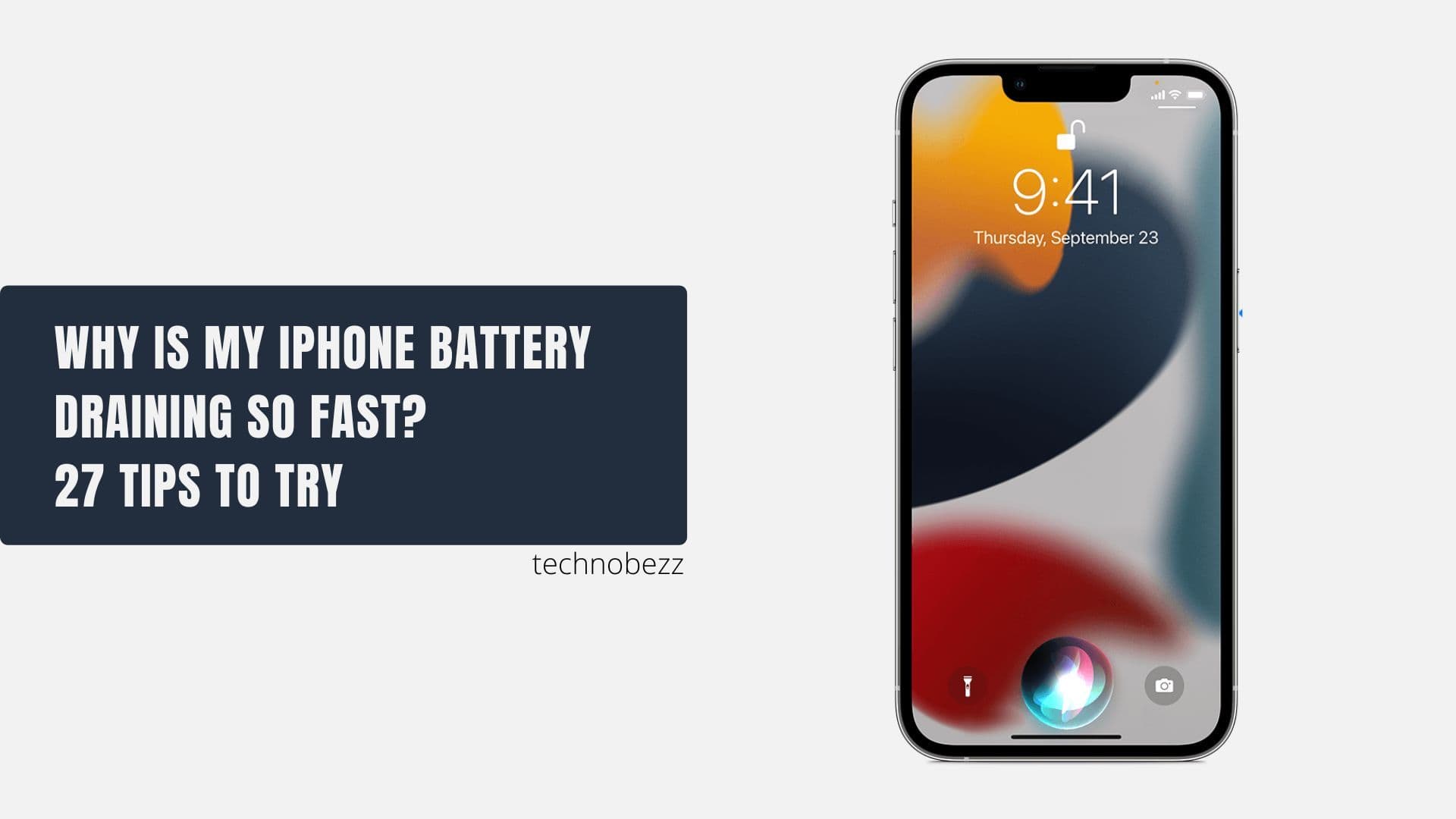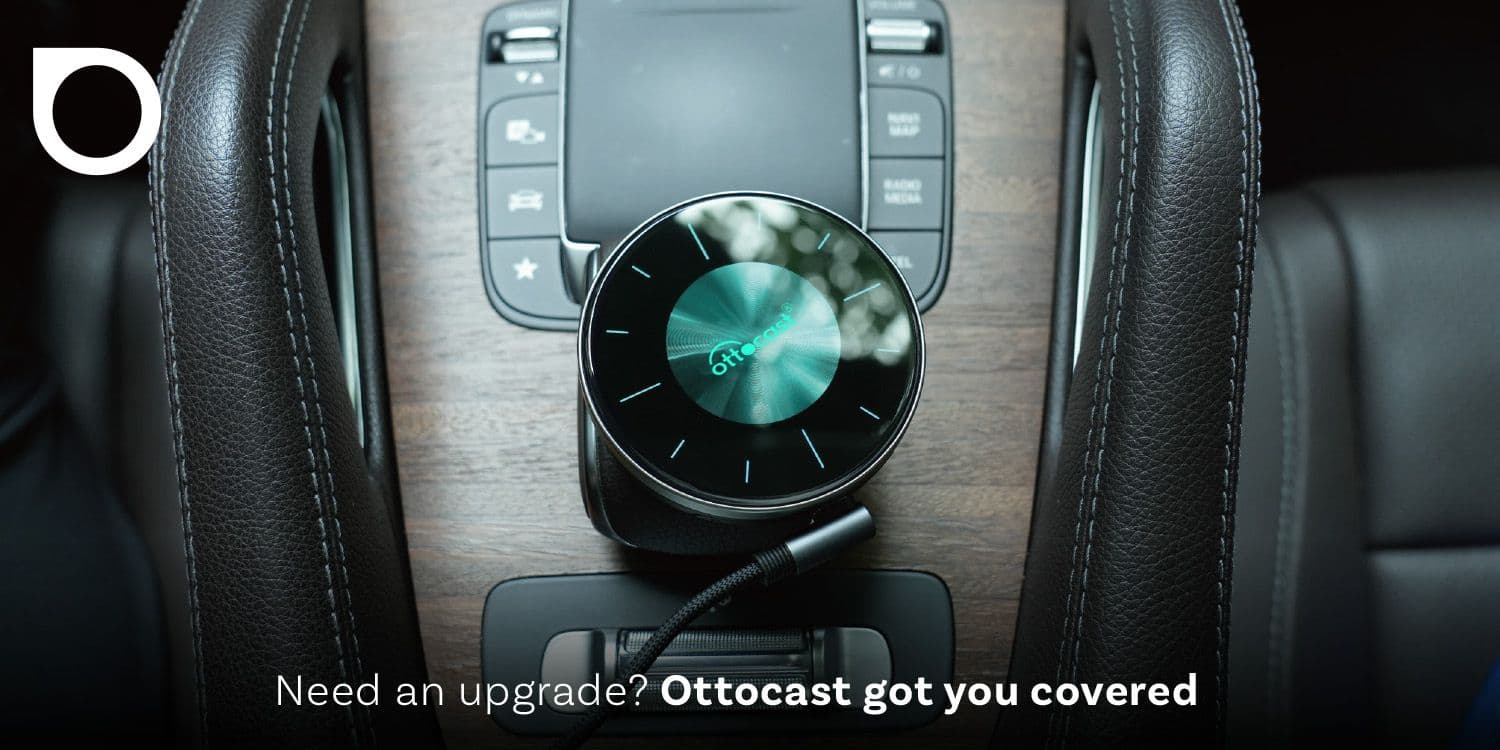Why Do Smartphones Get Slower Over Time?

We’ve all noticed it. A new smartphone runs smoothly, apps load quickly, and everything just works. But over time, performance starts to lag. Here’s a detailed look into why smartphones slow down as they age.
Storage Capacity Issues
As smartphones accumulate data over time, their storage fills up. This affects performance in various ways:
Reduced Free Space
Operating systems require a certain amount of free space to function efficiently. When storage approaches capacity, the OS struggles to write and access temporary files. This can lead to slower app launches, delayed file saving, and general system sluggishness. Experts recommend keeping at least 10-20% of total storage free for optimal performance.
Data Fragmentation
As files are written, deleted, and rewritten, data becomes fragmented across the storage. Fragmentation increases the time needed to read and write data. While modern file systems mitigate this issue, it can still contribute to slower performance over time.
Cache Buildup
Apps and the system itself store cached data to improve speed and responsiveness. Over time, these caches can grow significantly, consuming valuable storage space. While caches are meant to improve performance, excessive cache data can paradoxically slow down the device.
See also - How to Clear an App's Cache on Your Samsung Device
Impact on RAM Usage
When internal storage is nearly full, the system may rely more heavily on RAM for file operations. This increased RAM usage can lead to more frequent app reloads and slower multitasking.
Write Speed Degradation
Solid-state storage in smartphones can experience slower write speeds as it approaches capacity. This is due to the way data is managed at the hardware level in NAND flash memory.
Software Updates and Compatibility

Regular software updates are essential for security and feature improvements. However, they can also lead to performance issues.
Newer software versions are often optimized for the latest hardware, potentially straining older devices. Also, updates may introduce new background processes or increase resource requirements.
While updates are important, they can inadvertently impact the performance of older devices.
Battery Degradation

Battery health significantly influences smartphone performance:
As batteries age, they lose capacity and may struggle to provide consistent power. Lithium-ion batteries naturally lose capacity over time and charge cycles. A typical smartphone battery may retain only 80% of its original capacity after 500 charge cycles.
Reduced capacity means more frequent charging, which can disrupt usage patterns.
Some devices intentionally reduce performance to prevent unexpected shutdowns due to battery limitations.
As battery health declines, the operating system may allocate more resources to power management. This increased focus on power efficiency can come at the cost of peak performance
See also - Android Battery Draining Quickly? Try This Simple Fix
App Bloat and Background Processes
As users install and use more apps over time, the number of background processes running on a smartphone increases. This accumulation can have a significant impact on device performance.
Autostart Functions
Many apps set themselves to start automatically when the device boots. This can lead to longer startup times and immediate resource allocation, even before the user actively engages with the device. Over time, the list of autostart apps can grow, exacerbating the issue.
Push Notifications and Services
Apps frequently use background services to check for updates or push notifications. While individually small, the collective impact of these services can be substantial. Constant network activity can also contribute to faster battery drain.
Data Syncing
Cloud-based apps often sync data in the background. This process can consume significant resources, especially on devices with limited processing power or slower internet connections. Frequent syncing can lead to noticeable performance fluctuations.
Bloatware and Pre-installed Apps
Devices often come with pre-installed apps that run background processes. These apps may not be removable without rooting the device, contributing to a baseline of resource usage. Over time, system updates may add more pre-installed apps, further complicating the issue.
Cache and Data Accumulation
Background processes often generate cache files and accumulated data. This can lead to storage bloat, indirectly affecting system performance.
Battery Impact
Background processes contribute significantly to battery drain. As the battery degrades over time, the impact of these processes becomes more pronounced, creating a cycle of reduced performance.
Memory Leaks
Poorly optimized apps may have memory leaks in their background processes. These leaks can gradually consume more RAM over time, requiring more frequent app restarts or device reboots.
Hardware Degradation (Aging)
While less common than software-related issues, hardware can degrade over time.
- Flash memory may slow down after extensive use due to wear.
- Physical damage or exposure to extreme conditions can affect component performance.
Though smartphones lack moving parts, they are not immune to physical wear and tear.
Perception and Expectations
The perceived slowdown of smartphones over time is not solely a technical issue, but also a psychological one.
As newer, faster models are released, older devices may seem comparatively slower. This is often due to advancements in processing power, RAM, and storage speeds in newer models. Users who interact with newer devices may find their older smartphones less responsive by comparison.
Users quickly adapt to the speed of their devices when new. Over time, what once felt fast may begin to feel normal or even slow. This psychological adaptation can make minor delays more noticeable and frustrating.
Confirmation Bias
Once users start to believe their device is slowing down, they may pay more attention to instances that confirm this belief. This can lead to overestimating the frequency and severity of performance issues.
Software Update Expectations
Users often expect software updates to improve performance. When updates don't noticeably improve speed (or potentially slow things down), it can lead to disappointment and heightened criticism of performance.
Media Influence
Tech media constantly highlights the speed and capabilities of new devices. This can create unrealistic expectations for older hardware and influence user perceptions.
Software Optimization
Older devices may receive less attention in terms of performance tweaks and optimizations. Eventually, older models may stop receiving updates altogether, leading to compatibility issues with new apps and services.
This gradual reduction in support can contribute to a decline in user experience
In 2017, Apple faced significant backlash over its performance management practices. The company admitted to deliberately slowing down certain older iPhone models through software updates.
Apple stated this was done to prevent unexpected shutdowns due to aging batteries, effectively extending device lifespan. However, the lack of transparency around this practice led to widespread criticism and legal action.
If you enjoyed this story, be sure to follow us and subscribe to our free daily newsletter.
Also Read

Lenovo Debuts Solar-Charging Laptop That Turns 20 Minutes of Sunlight Into Hour of Video

Ottocast Car TV Mate Max Review – A Versatile In-Car Entertainment Adapter

iPhone Battery Dying In Minutes? 23 Real Fixes That Work

Ottocast Play2Video Pro Ups the Game in Affordable Car Entertainment

Ottocast OttoAibox P3 Powers a Smarter Driving Experience








